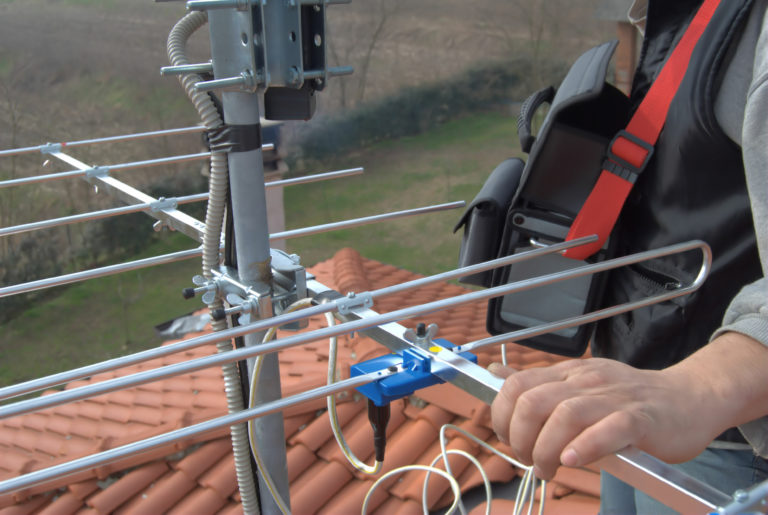Getting the most out of your TV viewing experience without paying too much money can feel a bit overwhelming. First, you have to find a TV with great picture quality and the right screen size for the room where you play to watch your shows and movies. Also, do you want to mount it on the wall or put it on an entertainment center? It’s a lot to consider.
But the most important detail to nail down might be how your plan to access your programming. One of the biggest trends in at-home entertainment is combining streaming on-demand TV from a service like Netflix or HBO Max with your cable or satellite package. No matter how you get the content you like watching, you might want to consider adding one more source to your entertainment setup: an over-the-air antenna.
The idea of a TV antenna may sound antiquated if you grew up with a cable box but it’s a great way to get dozens of the best high-def channels totally for free. In fact, you’ll likely find many people using the latest in digital and streaming technology in tandem with having an antenna either on the roof or in the house.
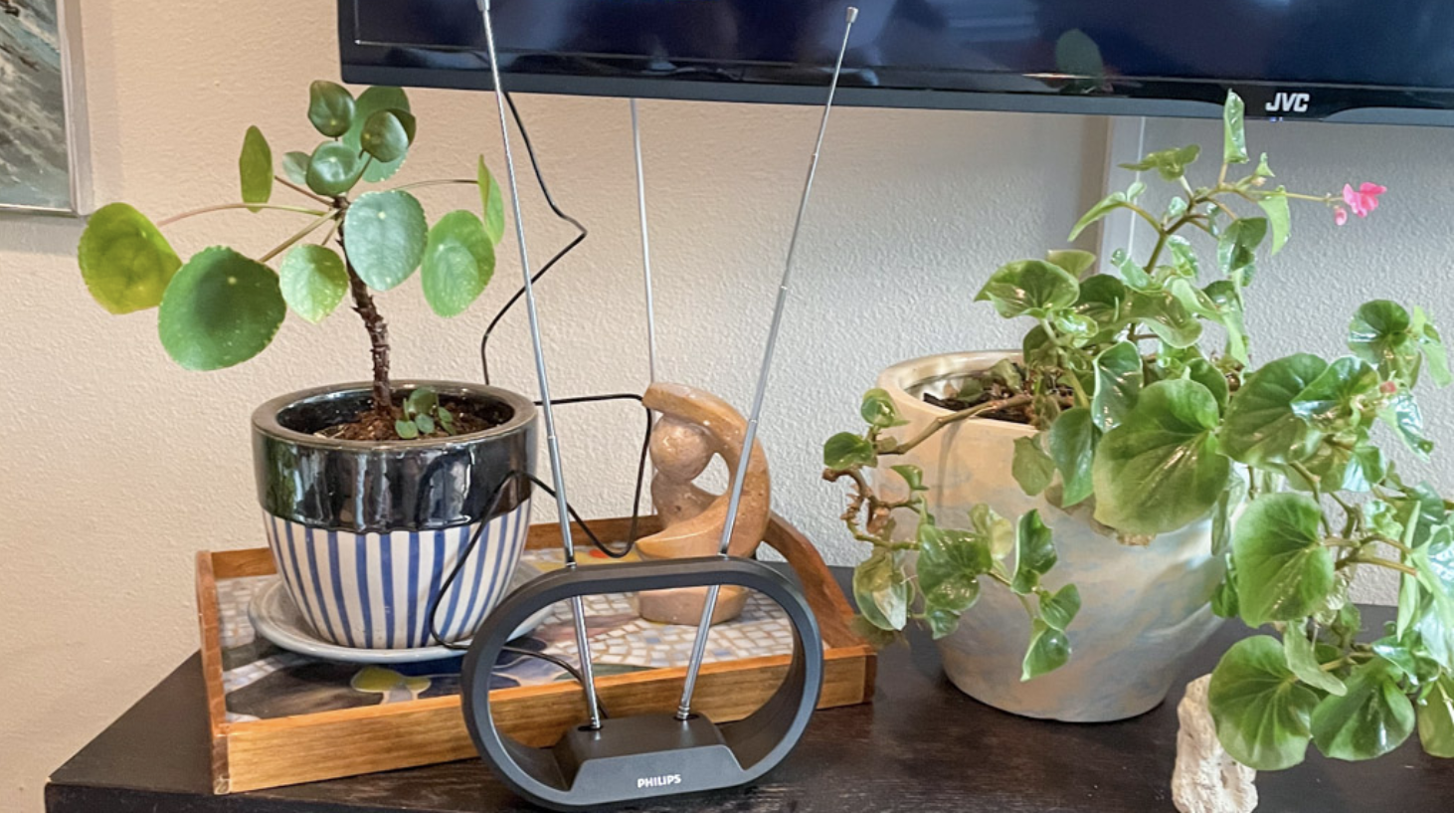
These seemingly non-compatible pieces of technology actually can work together to provide both a better viewing experience on your TV, as well as the essential programming that can keep you and your loved ones safe during a local emergency.
How An Antenna Can Improve Your TV Signal
You could have the most expensive, high-tech TV on the market, but still not be getting the best picture quality when it comes to your local broadcast networks (i.e., ABC, CBS, Fox and NBC). How is that possible?
According to experts on broadcasting technology, it’s all about how the TV stations in your area emit their signals. Even with today’s digital broadcast technology, cable and satellite stations use a compressed signal to have the ability to provide so many channels. This is even true for local broadcasters. As a result, signal quality gets reduced, which means a lower picture quality on your TV when you watch those local channels via your cable or satellite box.
While the naked eye might not see a big difference, TechHive writes that you can see noise in the picture when you look at detailed areas as they’re being shown on your screen. In the article, the tech site shared some interesting results in a side-by-side comparison using images from a TV screen using a cable feed and one with a TV antenna. You can see obvious differences in the picture quality between the two signal sources.
By adding an OTA TV antenna, you can immediately improve your viewing experience on those channels at a minimal one-time price.
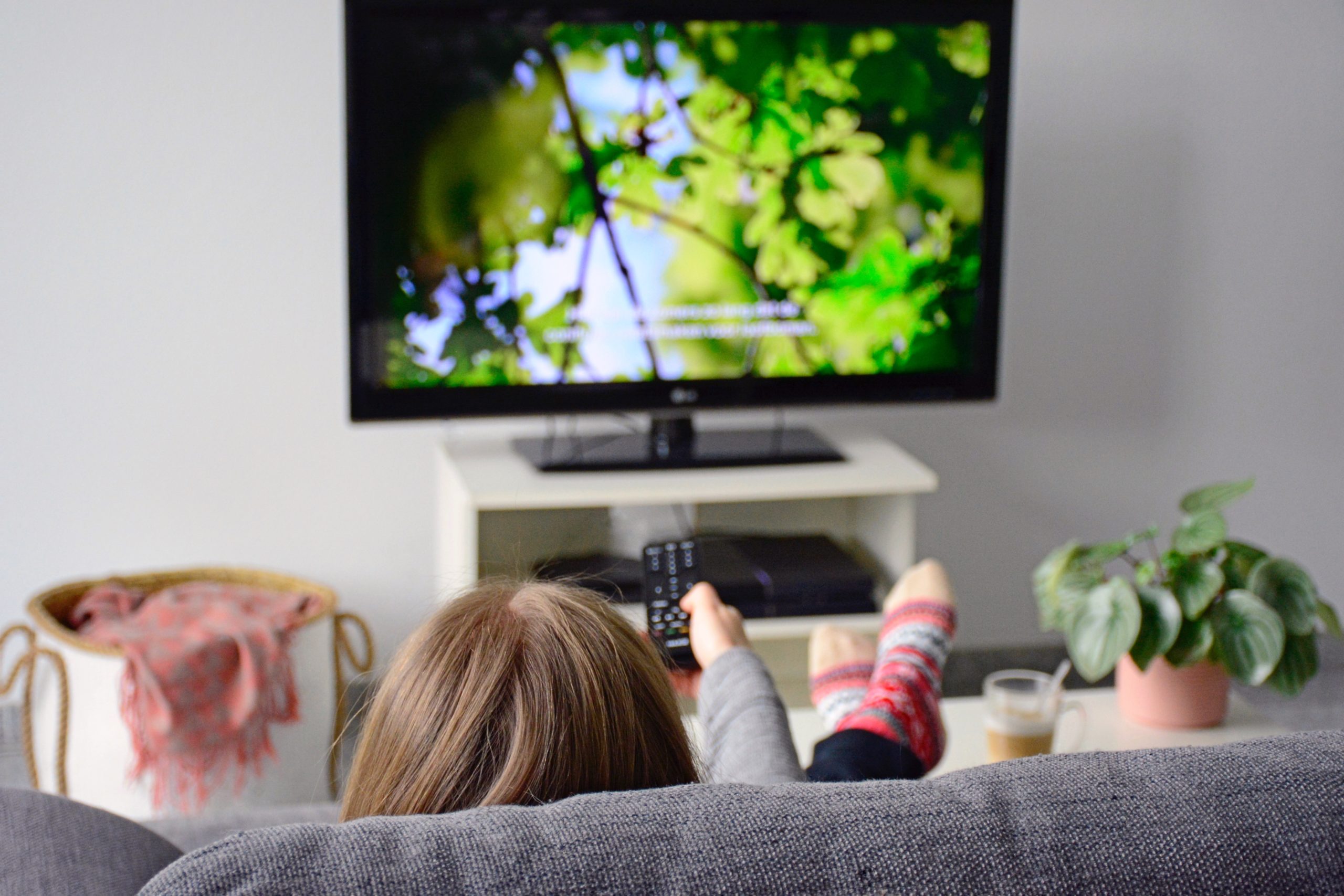
TV Antennas Keep You Updated During Local Emergencies
During emergencies such as severe weather, it’s important to stay tuned to local news stations to get details and instructions. Unfortunately, during strong thunderstorms and winter storms, satellite TV signals often get blocked. For customers who receive their local stations through their satellite dish, access to any of these channels is spotty at best during the worst weather.
Similarly, people who rely on cable TV or stream their local TV stations will find that any sort of service disruption means no access to local weather or news coverage when it matters most. With an OTA TV antenna, channel reception may not be 100% in the worst weather, but it has a much higher level of reliability to be there in those situations.
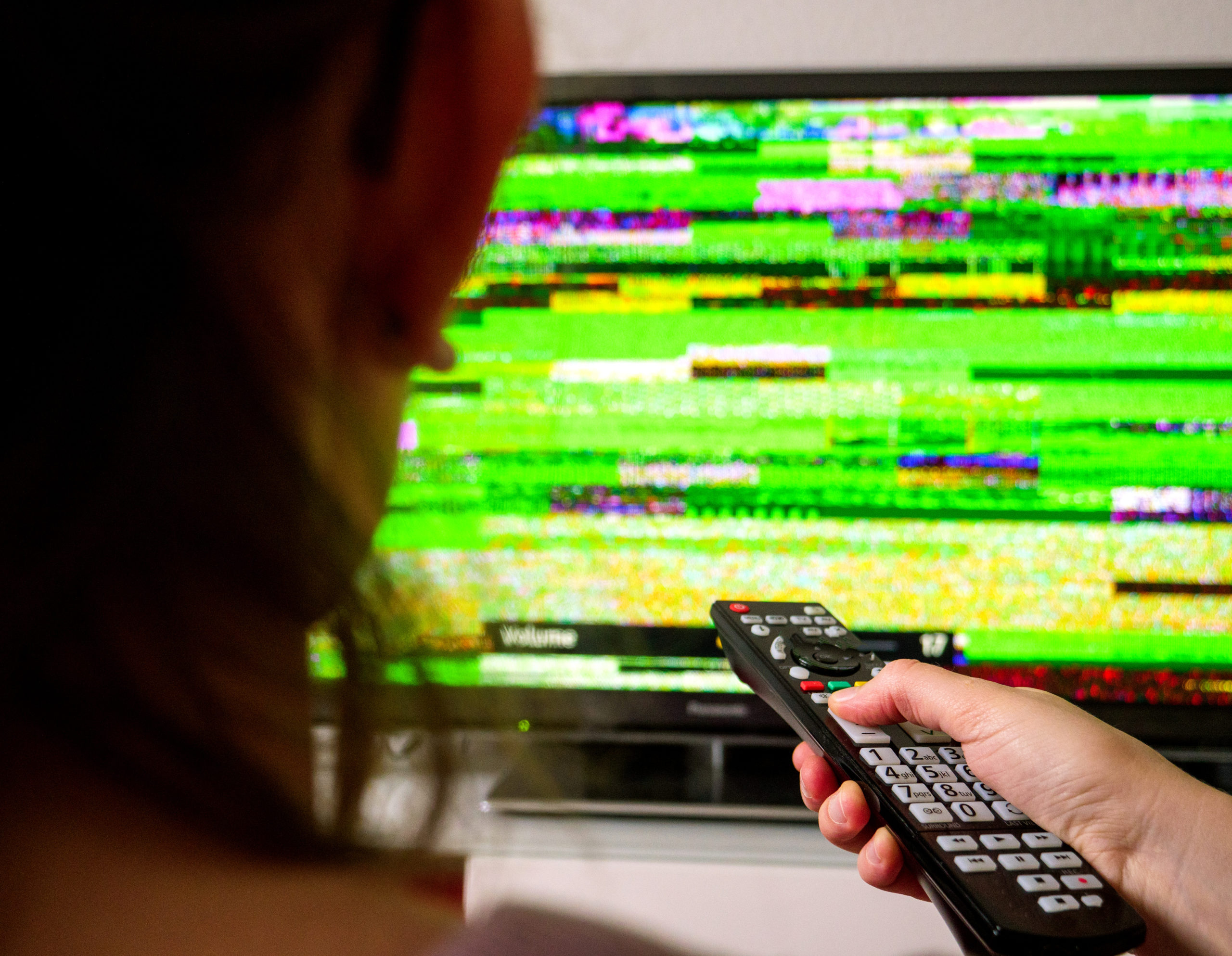
TV Antennas Can Give You Even More Channel Options
In case you feel like you don’t have enough viewing options in your current setup, a TV antenna can offer you more possibilities with no monthly fees, including stations that cater to specific viewing interests.
While most people can pick up their local ABC, CBS, Fox, NBC and PBS stations with even a basic TV antenna, many of these local stations (especially PBS) and others often offer several special bonus sub-channels that only an antenna can pick up.
If you are wondering what stations can be picked up using an antenna in your area before you spring for one, check websites like Antenna Web or TV Fool to see a map based on the ZIP code or GPS location you provide. By doing a simple ZIP Code search myself, I was able to find at least 50 channels within my area that I could possibly receive for free with an OTA antenna.
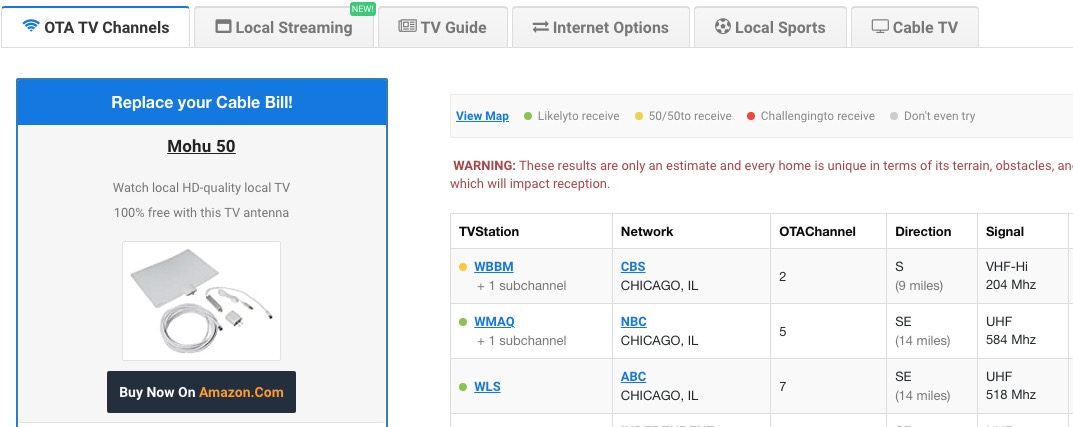
What Do You Need To Install A TV Antenna?
Setting up an OTA antenna indoors is a piece of cake but does require a little time and patience if you’re setting it up outdoors. You’ll probably find it’s worth the time for what you get in return either way.
We’ve outlined everything you need to install an antenna (whether indoors, outdoors or in the attic). In addition to your antenna, you may need to have an antenna pole and base, as well as a coaxial cable and the proper fittings, if yours will be installed outdoors or in the attic. A small-profile living room antenna should come with its own coaxial cable attached and can be either mounted to the wall or rested on the entertainment center or, for best results, near a window.
You can refer to our article on installing outdoor OTA antennas to get a full list of supplies you may need for that job, as well as step-by-step directions you can follow to have your TV receiving local stations in the highest visual quality possible. If it sounds like too much, look for a professional TV antenna installer in your area who can set it up to perfection. Then, just kick back and know you’re finally getting the most out of your TV!

